About the author
As former Chief Information Officer for the RIPE NCC, I was mainly involved with the planning, operation and development of the RIPE NCC's global information services as well as research and development. This included the RIPE NCC's authoritative DNS services as well as K-root infrastructure, data collection and measurement networks such as RIPE Atlas and RIS, data provisioning systems such as RIPEstat, and the RIPE NCC's data analysis efforts.
Before the RIPE NCC, I worked for more than 12 years in the Internet services and ISP sectors, mostly in senior technical management positions. I was the engineering founder of one of the largest Iranian ISPs and helped several IT startups with their software and business process implementations.
I have a M.Sc. in Software Engineering from the University of Oxford, UK and Lean Engineering/Agile Management training at MIT.
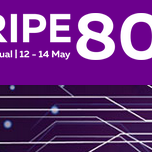


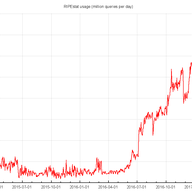
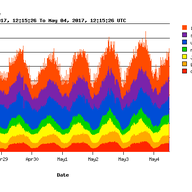
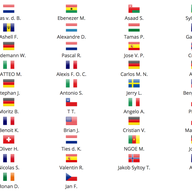
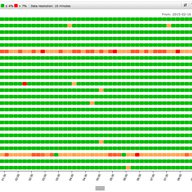

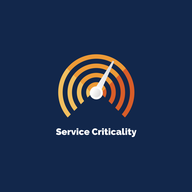




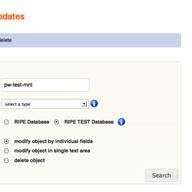


“One issue with cloud services is that they are mostly proprietary offerings. I suggest that the cost of moving off of a particular cloud provider (whether back to self-hosted or to another cloud vendor) be counted as a cost of that solution. For example, if a cloud service offers a particular service that no other company offers, the cost of doing without or building a replacement should be factored in as an additional cost of using that service. Often companies end up locked in because it costs too much to move off of a particular solution, but this is less likely to happen if the cost of "unlocking" a given service is accounted for the entire time.”
Thank you very much Shane. Fully agree with you and that is why we are treating the subject with caution and as small, independent exploratory projects. One of the key findings we are going to look into from each project, before deciding to migrate to the cloud, is changes in the Total Cost of Ownership for a particular service. Inputs to that will include how our in-house IT and OPS can provide monitoring, support and maintenance for each platform as well as effects to portability of each service and their dependencies.
“Thanks for the update. Although it was already discussed in the past and familiar with performance and stability issues, we would be more than happy to have the RIPE Atlas anchors running on our own HW or VM machines. I believe we could reach a wider deployment of RIPE Atlas anchors while running on off-the-shelf systems.”
Thank you for your comment Eli. Sure, as mentioned in the article as well, we will publish our proposal for virtual probes during the course of 2017. Discussions with the community will happen in the RIPE Atlas and MAT-WG mailing lists. Implementation can start right after community's consensus.
Showing 2 comment(s)